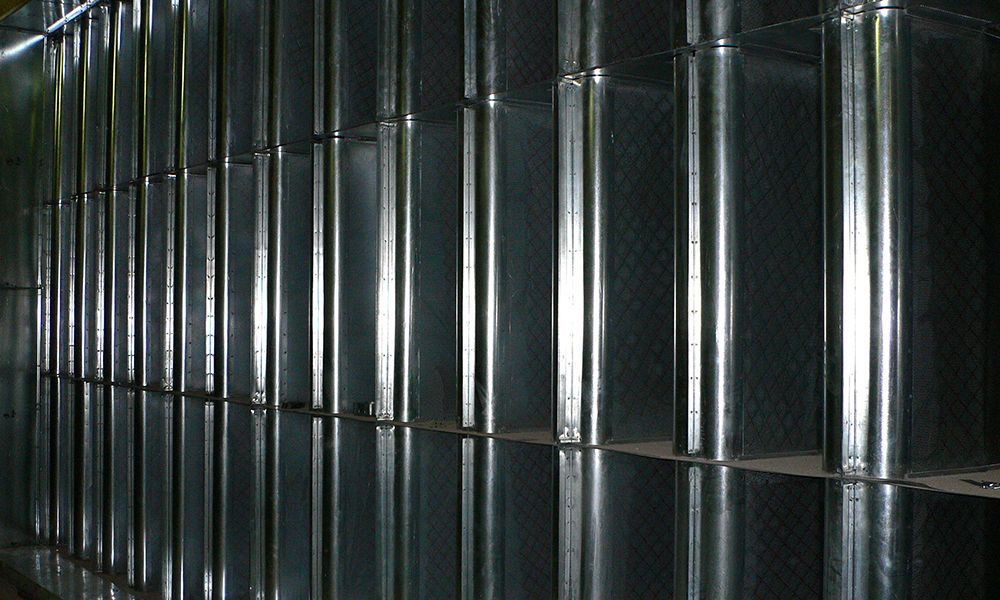Choosing Between Fixed And Programmable Automation
Fixed Automation
It is a system in which the sequence of processing (or assembly) procedures is fixed by the equipment arrangement. The procedures in the sequence are usually straightforward. It is the integration and co-ordination of many such operations into one tool that makes the system intricate. For example, a system could comprise of an automatic capping machine and an automatic liquid filling machine in order to automate the entire filling and sealing process.
The typical functions of fixed automation are:
- High upfront investment for custom work
- High manufacturing rates
- Relatively inflexible in suiting product adjustments.
These features allow the computerized manufacturing system to carry on production without the lull between batches that is peculiar of programmable automation. Altering the part programs is generally accomplished by preparing the programs off-line on a computer device and electronically transferring the programs to the automated production system.
As a result, the time required to do the coding for the next task does not disturb manufacturing on the current job. Advances in computer systems innovation are greatly responsible for this programming ability in flexible automation.
Transforming the physical arrangement between components is accomplished by making the changeover off-line and after that shifting it into place simultaneously as the next component comes into position for processing.
Making use of pallet fixtures that hold the parts and transfer right into setting at the workplace is one method of implementing this technique. For these techniques to be successful; the range of components that can be made on a flexible automated production system is normally more restricted than a system managed by programmable automation.
The economic justification for fixed automation is seen in items with very high need rates and volumes. The high upfront cost of the equipment can be spread over a large amount of units, hence making the unit cost alluring contrasted to alternative methods of production. Examples of fixed automation consist of mechanized assembly and machining transfer lines.
Programmable Automation
Programmable Automation enables new programs to be created and released to the system to execute new procedures. Both conventional thermostats and conventional cruise control are examples of programmable automation– you set a speed or temperature and the mechanisms constantly generate the programmed result.
Whereas with fixed automation, automation is created with only one collection of operation sequences, Programmable Automation permits reprogramming for different jobs after a set of one type is complete. The major advantage of the programmable automation is better flexibility to take care of the variation of designs.
While it is the best-fit for batch manufacturing of a selection of designs, it generates less units than both Fixed and Flexible Automation as a result of the changeover-time between functions.




